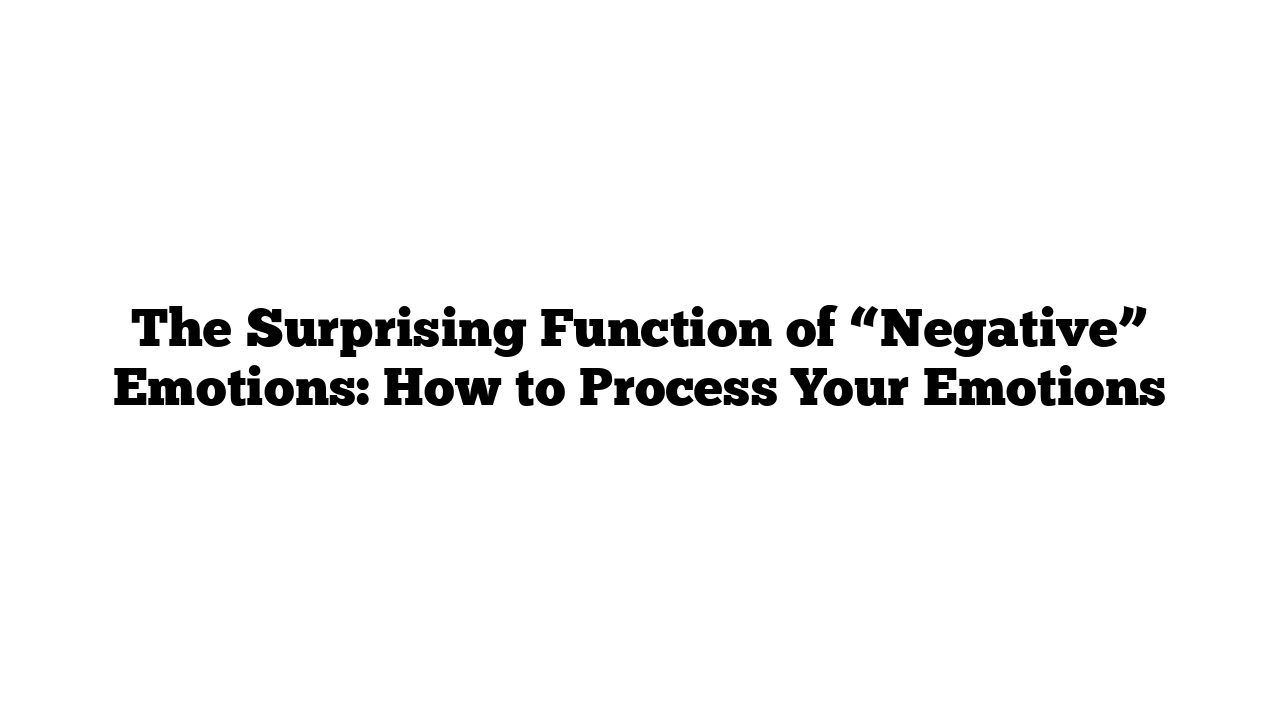Have you ever heard about children born without pain sensitivity? This rare condition affects only around 100 people worldwide. On the surface, it might sound amazing—imagine never feeling physical pain! But in reality, it can be a nightmare.
Kids like Isaac, who can’t feel pain, often hurt themselves without realizing it. As a toddler, he would laugh while smacking his face into the ground, unaware of the damage he was causing. He would chew on his tongue until it bled or poke his fingers into his eyes, causing harm. Normally, pain receptors send a strong message: “Stop! That hurts!” But for Isaac, no pain meant no warning system to protect him from injury.
Another child, Ashlynn, also doesn’t feel pain. As a baby, she never cried when she was hungry or when she had a severe diaper rash. During a checkup, doctors discovered she had a large tear on her cornea—something that would typically be excruciating. Because Ashlynn couldn’t feel pain, she couldn’t alert her parents about her needs or injuries.
Now 13, Ashlynn is learning to cook and take care of herself, but her parents worry every day that she will hurt herself without realizing it. They even created a Facebook group called “The Gift of Pain.” This illustrates the hidden value of pain: it protects us. It serves a purpose.
The Role of Emotions
While the examples of Isaac and Ashlynn may seem extreme, they help illustrate a crucial point about emotions. Just like physical pain, emotions—whether labeled “positive” or “negative”—serve essential functions in our lives. Emotions like fear, sadness, and guilt are not just inconveniences; they are signals that guide our behavior and decisions.
When we experience “negative” emotions, many of us want to push them away. However, it’s essential to understand what these emotions are trying to communicate. For instance, if I hurt someone and feel guilt, that emotion is there for a reason. Guilt can motivate me to change my behavior and make amends. When we acknowledge and address our emotions, we can often resolve them more effectively.
Understanding Emotions
Every emotion carries a message. Fear alerts us to potential danger. Sadness encourages us to reflect and seek support. Even feelings of hopelessness can serve a purpose by prompting us to reevaluate our paths and goals. Emotions help us notice problems, motivate us to change, and foster connections with others.
For example, if you feel angry about an unfair situation, instead of suppressing that anger, explore its roots. Is it about fairness? Protection? Understanding the function of your anger can open up a range of responses, from confronting the issue to finding a new perspective.
Emotions as Resources
Many coping strategies, like venting or distracting ourselves, only offer temporary relief. They often bury the underlying problems, which can resurface later. Instead, we should focus on the emotional messages we receive. By doing this, we create sustainable changes in our lives. When we listen to our emotions, we can take proactive steps to resolve issues and improve our overall well-being.
Embrace the Journey
It’s important to remember that emotions, even the uncomfortable ones, are a natural part of being human. Rather than labeling them as good or bad, recognize their functions. Emotions can be resources that guide us to live with integrity and meaning.
In your journey of emotional understanding, try reflecting on a recent intense emotion. Ask yourself what purpose it served and what actions it may be urging you to take.
By embracing and processing our emotions, we can lead healthier, more fulfilling lives. Remember, it’s not about getting rid of emotions; it’s about learning from them and allowing them to guide us.
